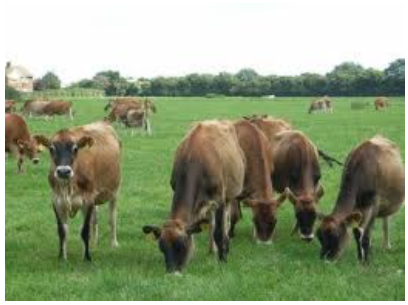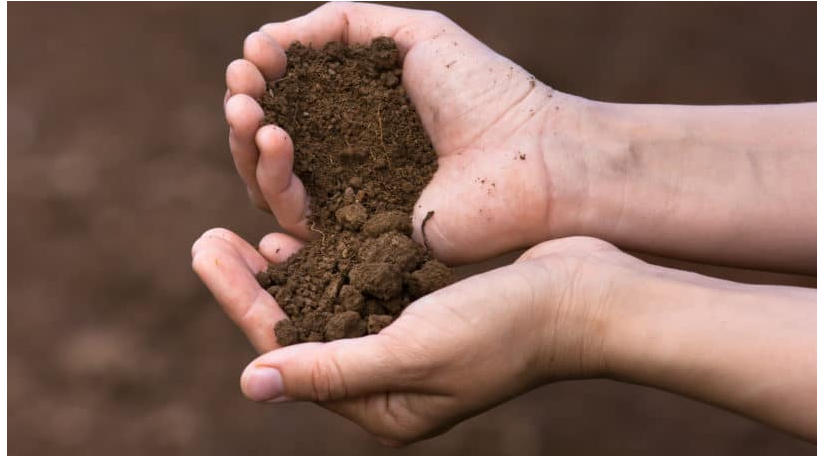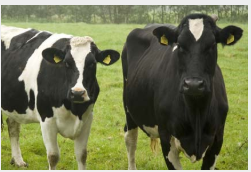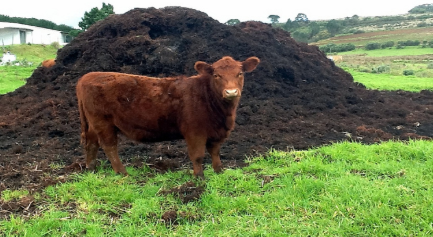Fertilizer, regardless of whether new, old, or manure being composted, is frequently pronounced to be a key part of maintainable farming. In innumerable preliminaries, analysts have discovered different advantages of fertilizer application , thus excrement use is advanced as an answer in dialogs of supportable horticulture subjects including: soil richness, soil wellbeing, natural cultivating, regenerative cultivating, carbon sequestration, and inexhaustible assets.
In any case, I have questions. Not about the genuine spreading of fertilizer, or figuring application rates, yet about excrement’s job in continuing farming. Is excrement a manageable wellspring of supplements? Is compost an economical natural soil change, ready to manufacture soil natural issue, store carbon in the dirt, thus help with decreasing ozone harming substances? When is excrement application a reasonable practice? Before application, you can use composting to deal with animal manure , so as to improve utilization value.
In my next couple of posts, I will respond to these inquiries with the expectation of discovering excrement’s actual job in supporting farming. To begin with, we should take a gander at the supplement providing capability of compost. Everything begins with making sense of where fertilizer originates from.

Compost Making 
Cattle Farm 
Compost Made from Organic Waste 
Cow 
Cattle and Cattle Waste 
Organic Waste Compost
Where does fertilizer originate from?
Manure from cows, sheep, swine and poultry, isn’t that so? Well indeed, however domesticated animals are not the wellspring of the materials in fertilizer. Those materials originate from “essential makers” as researchers consider those creatures that produce “biomass” from inorganic mixes. Biomass is the stuff that living beings are made of. Our biomass is fragile living creature and bones and blood, however we, similar to animals, are not essential makers. We and they set up together our biomass from different biomass, our sustenance. Also, we both get our sustenance from plants. Plants are essential makers since they don’t live on the biomass of different life forms. They get vitality from daylight and from it produce biomass.
Here’s the procedure. Daylight falls on plants, which change light vitality into profitable feed, which ranchers collect and transport to domesticated animals who eat it and produce fertilizer. Fertilizer, at that point, originates from plants, explicitly from harvests developed on fields. In spite of the fact that the feed (crop biomass) is changed as it experiences animals – microbes and different living beings are included, some sloughing of domesticated animals tissue happens – everything in fertilizer is gotten from the feed. This is significant in light of the fact that it implies that excrement generation is attached legitimately to trim creation.
What amount of excrement would we be able to deliver?
To ascertain the compost created per section of land, we have to know one thing about this procedure. What are the misfortunes? Between the harvest in field and compost on the ground, the greatest misfortune is to the animals themselves. Some misfortune goes to delivering steaks, chicken bosoms, or sausage, the rest to giving the fundamental vitality needs of living creatures. There are likewise misfortunes at gather, in vehicle, and misfortunes in recuperating the compost (accumulation and transport).
Here are the misfortunes from field to domesticated animals and back to handle (percent of starting dry solids lost):
57-81% among feed and new, discharged fertilizer
4-8% lost in gathering and transport (10-40% of discharged fertilizer, NRCS 1995)
It isn’t simply natural issue that is lost, supplements are likewise lost, however we’ll get to that.
From a harvest in a field to the excrement being connected to a field, the all out loss of dry issue is 61-89%, alongside the related supplements. Presently we can begin with a feed harvest yield, apply the misfortunes above, and discover the measure of excrement created per section of land.
In a feedlot, chicken or swine farm, or in a kept dairy, domesticated animals apportions are blends of grains, vegetables (for the most part soybeans), and rummage (feed and silage). They all end up as excrement, and that compost is connected some place, so we can rearrange this by taking a gander at only one yield. Corn (and corn silage, see most ideal situation underneath) is a decent one since it is developed in numerous pieces of the nation, primarily for feed, and makes up an enormous piece of numerous animals proportions.
Here are the subsequent numbers:
Low situation: 1.6 tons compost per section of land
The low situation utilizes the normal US corn yield of 174 bu./air conditioning, sustained to meat for completing, with 70% misfortune to domesticated animals, a 15% misfortune in excrement recuperation, and fertilizer at 33% dampness.
High situation: 5.7 tons excrement per section of land
The high situation utilizes 30 ton/air conditioning corn silage yield at 65% dampness, bolstered to creating dairy cows, with a 57% misfortune to domesticated animals, a 20% misfortune in excrement recuperation, and compost at 33% dampness.

